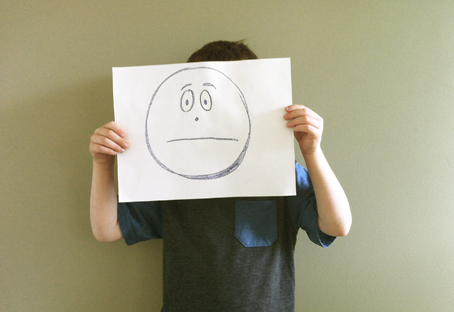
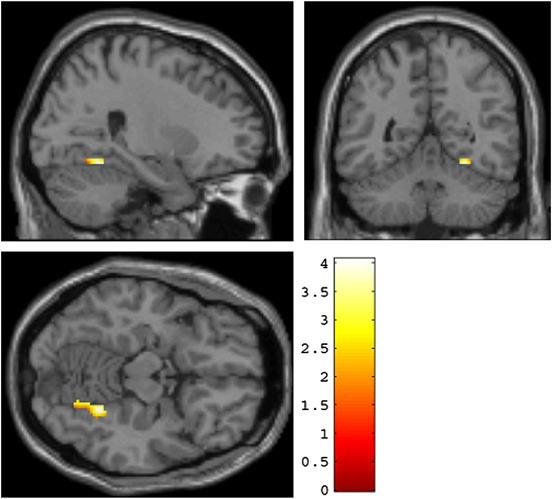
This functional MRI scan shows the fusiform face area (FFA), which is one of the main areas of the brain responsible for facial recognition.
WHAT IS DEVELOPMENTAL PROSOPAGNOSIA?
Developmental prosopagnosia (DP), also known as congenital prosopagnosia, is defined by extreme difficulties with face recognition resulting from the failure to develop the necessary neural mechanisms for processing faces. Many individuals with DP are unable to recognize even very familiar faces. They struggle with the faces of family and friends, and some even fail to recognize their own face in a mirror. For kids, this inability to recognize faces can cause stress at school and in social situations, and is potentially dangerous: children who become separated from their caregivers may not be able to relocate them, or they may inadvertently approach strangers who they mistake for familiar individuals. However, individual cases of DP differ, and may be complicated by common comorbidities such as autism spectrum disorder and object recognition deficits.
DP is estimated to affect 2-2.9% of the population, and there are many different factors that are thought to contribute to a person’s risk of DP. These include genetic factors, neurological factors, and experiential factors. Exposure to faces at an early age is crucial to the development of normal face recognition abilities.
WHY FACES?
All faces contain the same basic features: two eyes, a nose, and a mouth. However, the brain processes faces in a unique way, allowing us to determine a person's identity, age, gender, and mood by picking up on very subtle facial information. There are areas of the brain devoted to this unique processing. If there is a problem with the development of one or more of these areas, an individual will have problems recognizing faces, but not necessarily problems processing other visual stimuli.
HOW IS PROSOPAGNOSIA IDENTIFIED?
Prosopagnosia can be difficult to identify because individuals with the disorder have normal intelligence and otherwise normal vision. In addition, abnormal behaviors that are often associated with prosopagnosia, such as social avoidance and failure to make eye contact, can be mistaken for other disorders, such as autism spectrum disorder. People with prosopagnosia often experience…
- Failure to recognize someone, especially if they have changed their appearance or are seen out of context
- Anxiety and fear that they will be unable to recognize friends or family members
- Loss of self-confidence due to social isolation, avoidance of social situations, and past social embarrassment
- Difficulty following the plots of TV shows with human characters, as they can fail to recognize a character after a change in scene and/or clothing
However, not everyone with DP displays all of these symptoms. In fact, some individuals don't even realize that their difficulties with face recognition are abnormal- they think that everyone struggles to recognize faces.
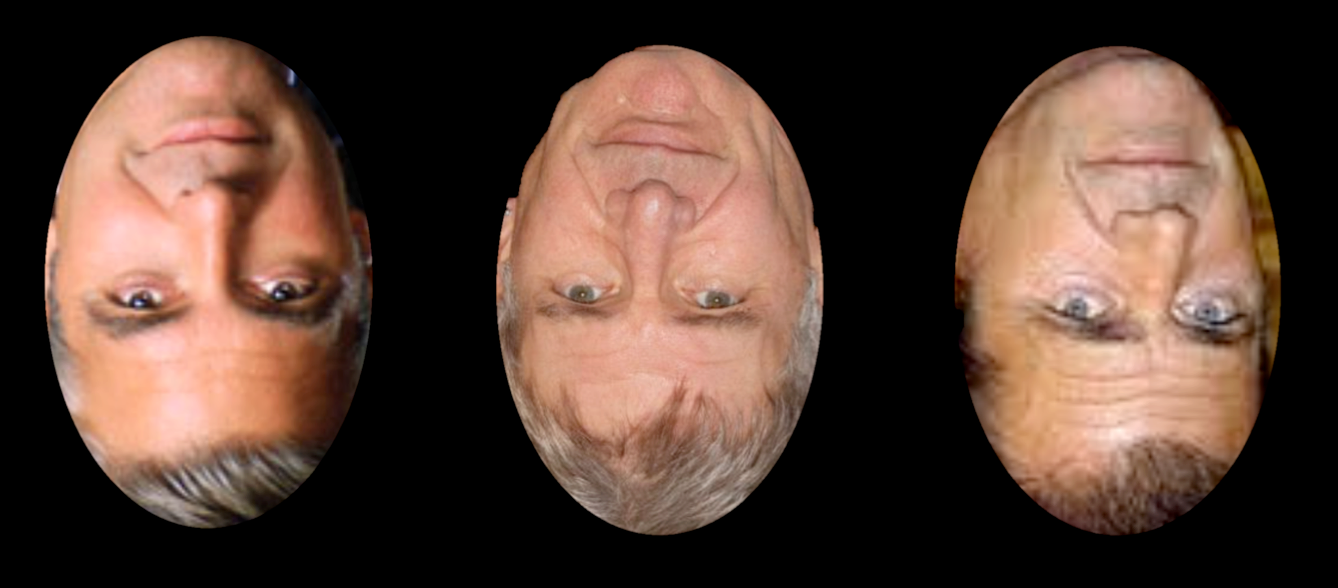
Looking at these upside down faces, do you recognize them immediately? Scroll down to see who they are.
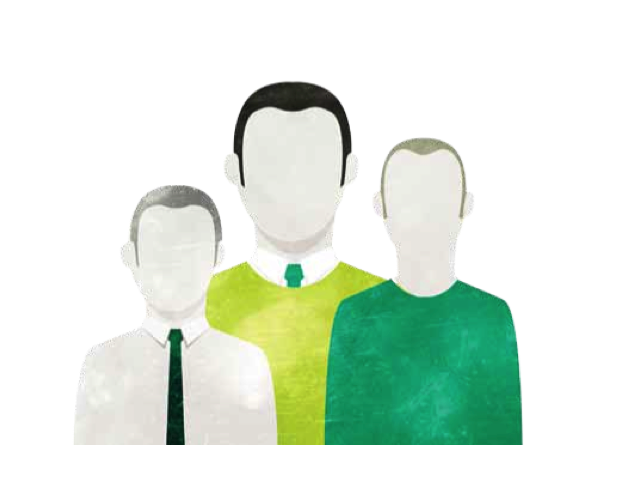
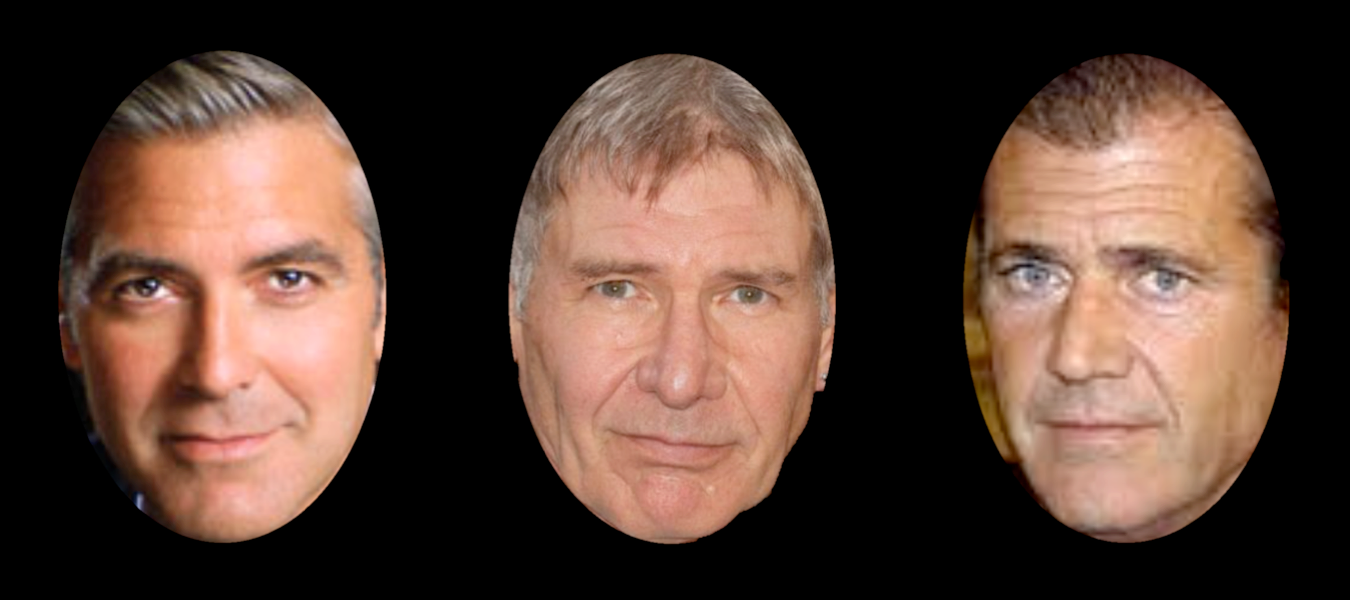
The human face processing system allows us to process upright faces instantly, but we struggle to recognize faces that are upside down. Just like individuals with DP, we can see that they are faces, and that they are men, but it's difficult to determine identity without help from a special face processing system. These faces are, in order from left to right, George Clooney, Harrison Ford, and Mel Gibson.
WHAT CHALLENGES DO KIDS WITH DP FACE?
Having prosopagnosia as a child can create certain additional challenges. These may include…
- Difficulties making friends and participating in social activities
- Lack of fear of strangers because they can't differentiate familiar from unfamiliar faces, which could put them in potentially dangerous situations
- Intense fear of getting lost or separated from parents and teachers because they know that they would have difficulty recognizing and relocating them
- Difficulty following the plots of TV shows with human characters, as they can fail to recognize a character after a change in scene and/or clothing
- Behaving differently at school and at home, as they may feel more comfortable with family members who they find easier to recognize based on non-facial cues (like hairstyle)
- Refusal to perform tasks that require identifying individuals, e.g. handing back assignments in class
HOW DO KIDS COPE WITH DP?
At this point, there are no successful treatments for DP. However, kids with the disorder typically develop strategies to compensate for their face recognition difficulties. They will often use non-facial clues to recognize someone, such as hairstyle, body type, clothing, voice, gait, or behavior. Friends and family of kids with DP can help them by pointing to people when mentioning them by name. Schoolteachers and peers can also make certain accommodations for children struggling with DP, such as wearing nametags, or placing name-cards on desks.
Contact Dr. Sherryse Corrow here for more information.
As of 2019, this page is no longer being updated.
Dr. Kirsten A. Dalrymple, PhD
Institute of Child Development
University of Minnesota
Copyright © 2014